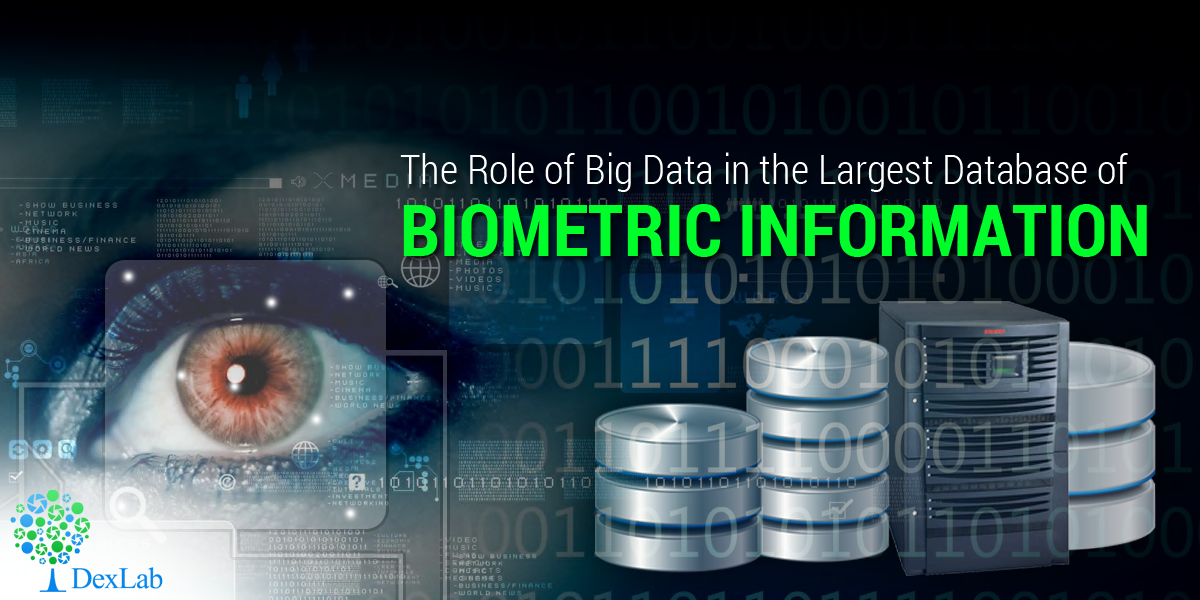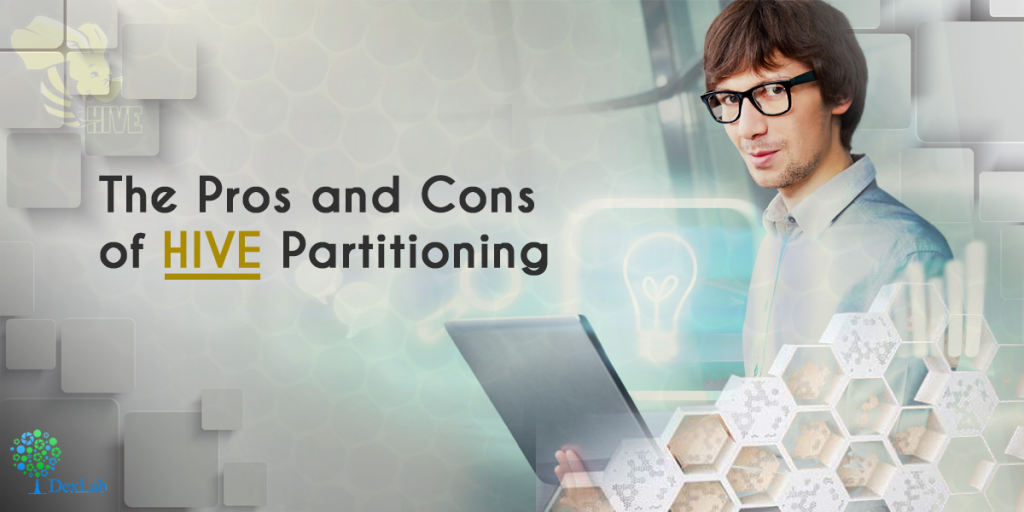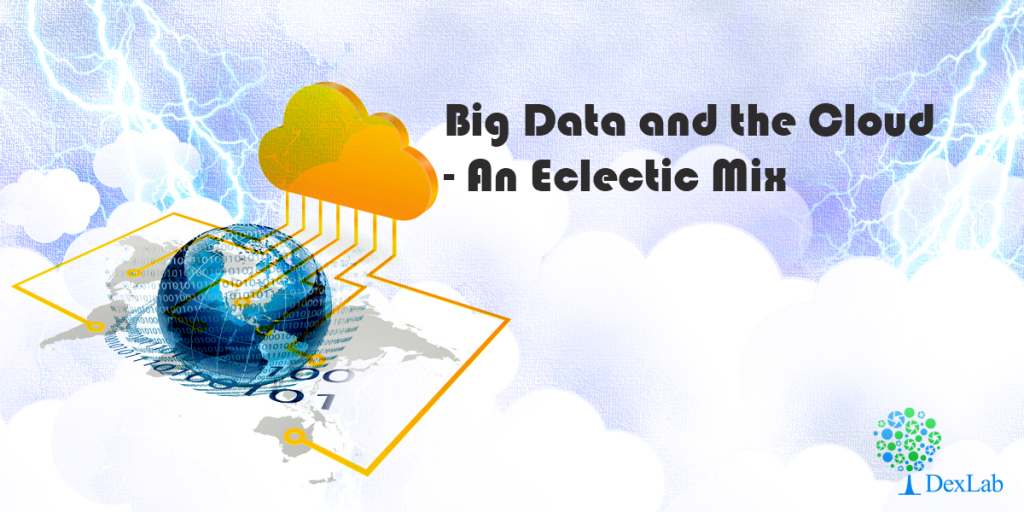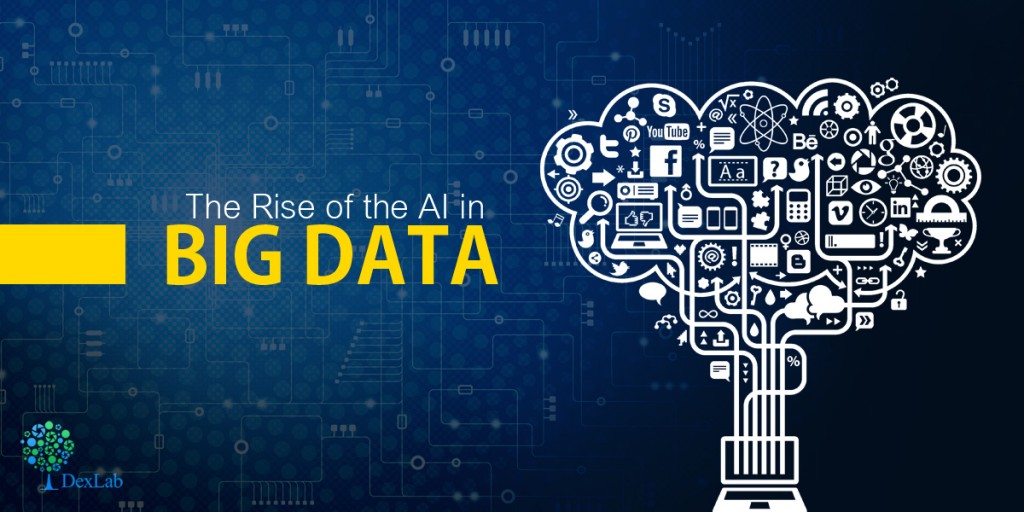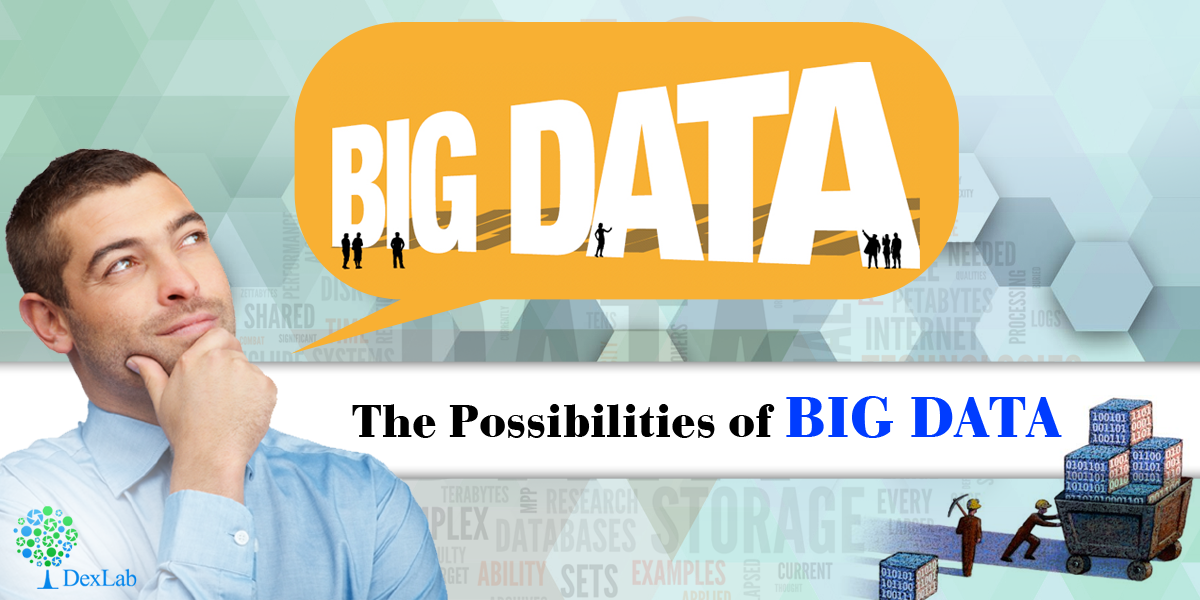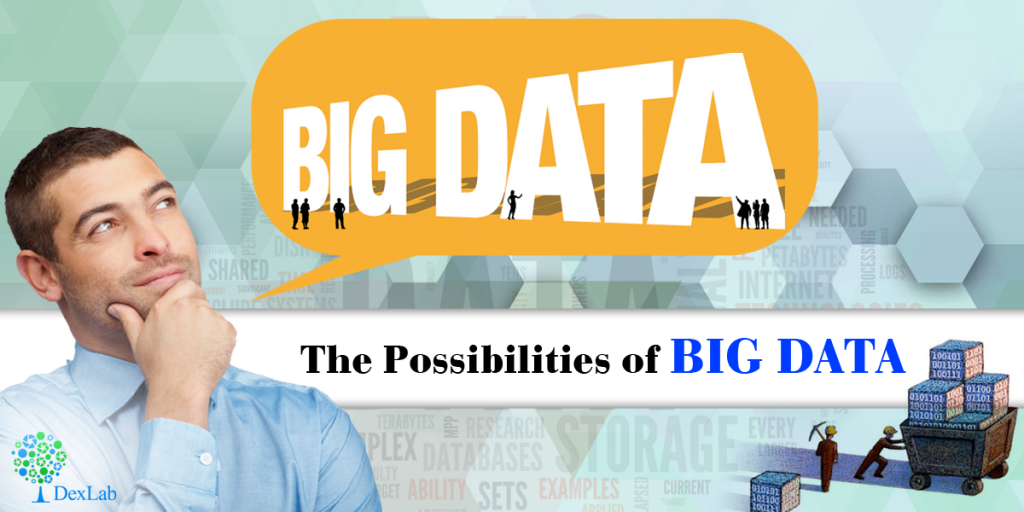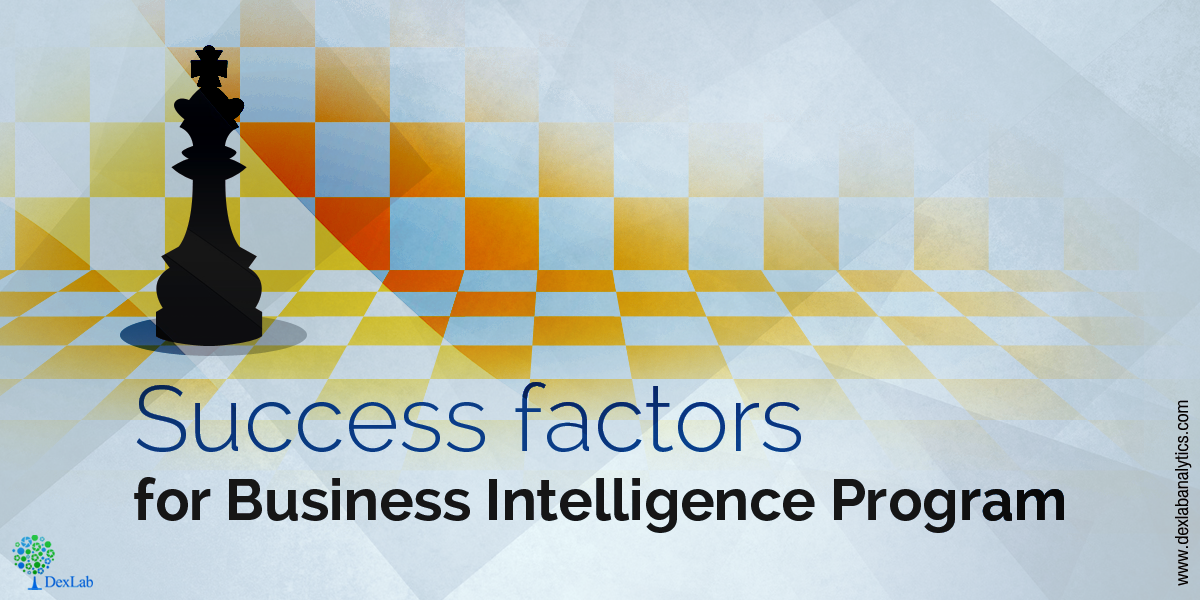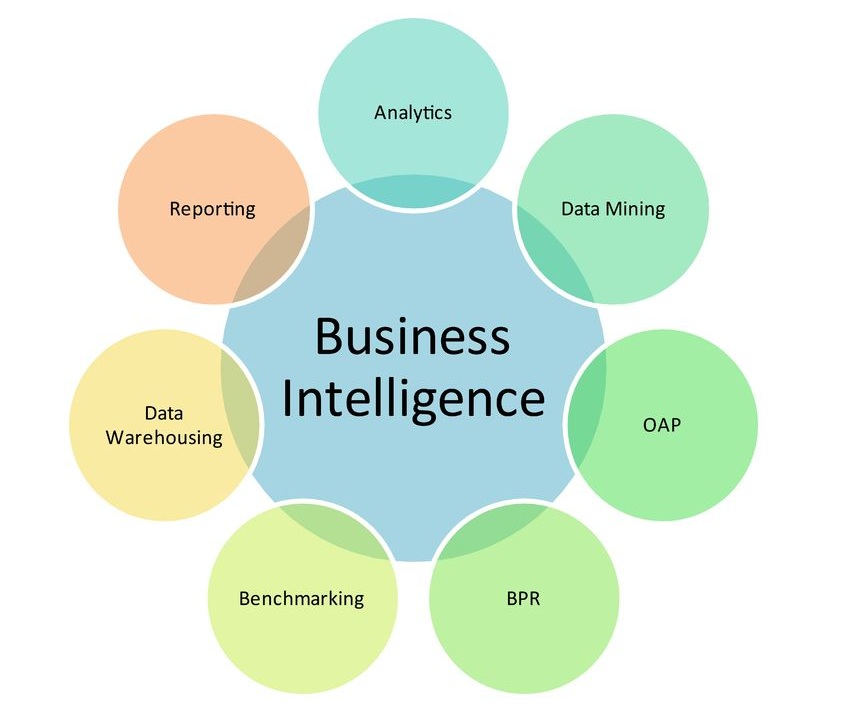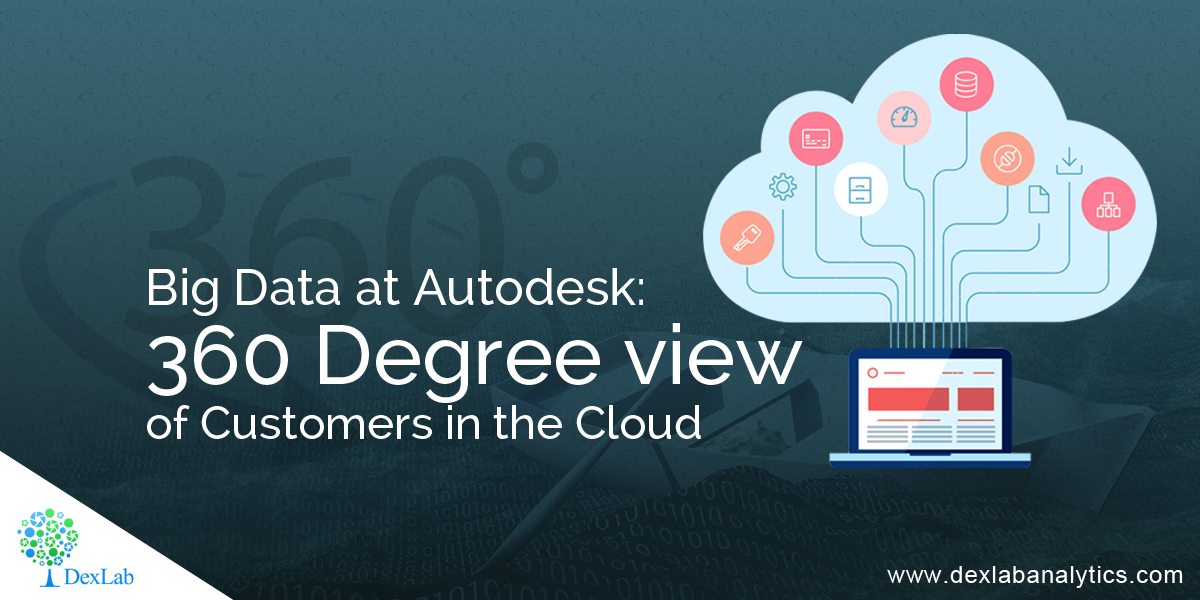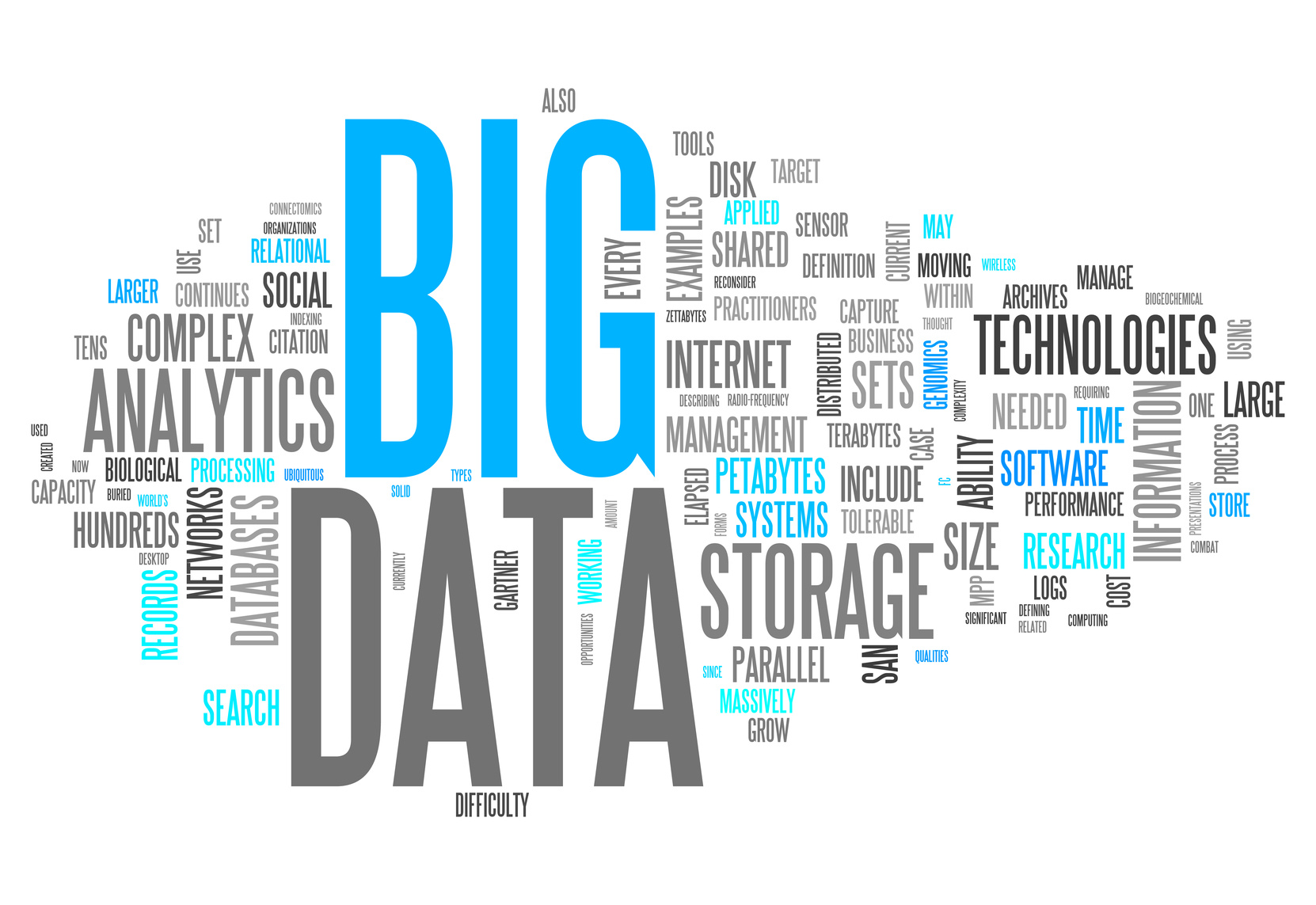The data that is derived from the Internet of Things may easily be used to make analysis and performance of equipment as well as do activity tracking for drivers and users with wearable devices. But provisions in IT need to be significantly increased.Intelligent Mechatronic Systems(IMS) collects on an average data points no fewer than 1.6billion on a daily basis from automobiles in Canada and U.S.
The data is collected from hundreds of thousands of cars that have on board devices tracking acceleration, the distance traversed, the use of fuel as well as other information related to the operation of the vehicle.This data is then used as a means of supporting insurance programs that are based on use.Christopher Dell, IMS’s senior director recently stated they they were aware that the data available were of value, but what was lacking is the knowledge on how to utilize it.
But in the August of 2015, after a project that lasted for a year, IMS added to its arsenal a NoSQL database with Pentaho providing tools related to data integration and analytics. This lets the data scientists of the company increased flexibility to format the information. This enables the team of analytics to make micro analysis of the driving behavior of customers so that trends and patterns that might potentially enable insurers to customize the rates and policies based on usage.
In addition to this the company further is pursuing an aggressive growth policy through asmartphone app which will further enhance its abilities to collect data from vehicles and smart home systems making use of the Internet of Things.Similar to the case of IMS, organizations that look forward to analyze and collect data gathered from the IoT or the Internet of Things but often find that they need an upgrade of their IT architecture. This principle applies to enterprise as well as consumer sides of the IoT divide.
The boundaries of business increasingly fade away as data is gathered from fitness trackers, diagnostic gears, sensors used in industries, smartphones. The typical upgrade includes updating to big data management technologies like Hadoop, the processing engine Spark,NoSQL databases in addition to advanced tools of analytics with support for applications drivenby algorithms. In other cases all it is needed for the needs of data analytics is the correct combination of IoT data.
Join DexLab Analytics’ Big Data certification course and kick start your career in the rapidly developing sector of data science.
Interested in a career in Data Analyst?
To learn more about Data Analyst with Advanced excel course – Enrol Now.
To learn more about Data Analyst with R Course – Enrol Now.
To learn more about Big Data Course – Enrol Now.To learn more about Machine Learning Using Python and Spark – Enrol Now.
To learn more about Data Analyst with SAS Course – Enrol Now.
To learn more about Data Analyst with Apache Spark Course – Enrol Now.
To learn more about Data Analyst with Market Risk Analytics and Modelling Course – Enrol Now.



